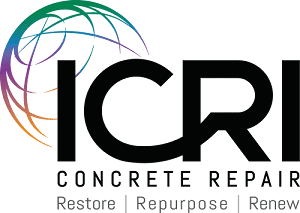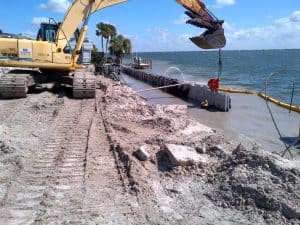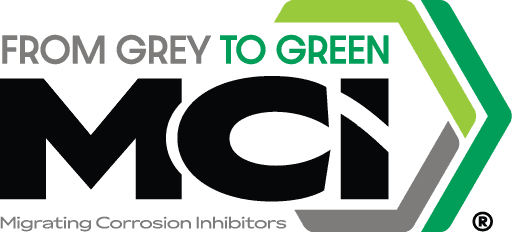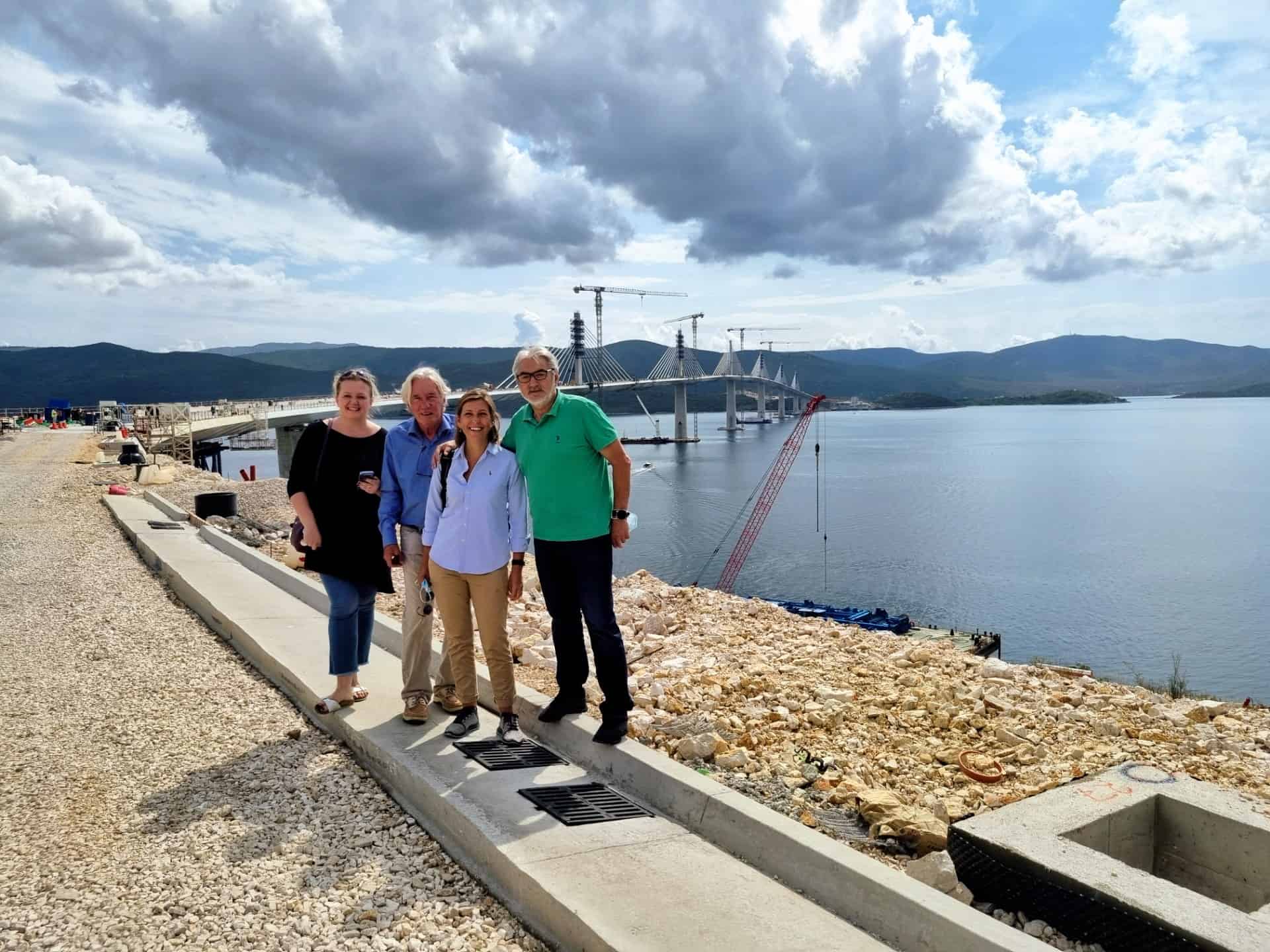August 30, 2021
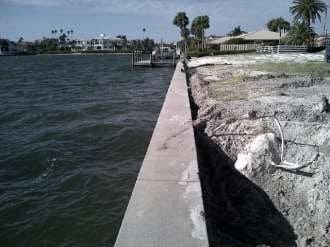 Seawalls are important structures typically designed to protect buildings from tides, waves, coastal flooding, and shoreline erosion. The use of seawalls is on the rise and expected to increase along with rising sea levels. In addition to their vital role of protecting assets and properties from water attack, seawalls have a crucial need for proper protection and maintenance themselves. This is especially true because of constant exposure to a naturally corrosive environment-water, chlorides, and humidity-that gradually deteriorates and destroys the reinforced concrete structure. To maximize service life and keep the seawall from total destruction, taking strategic steps to inhibit corrosion with Cortec® Migrating Corrosion Inhibitor™ Technology at the time of construction and repair is strongly recommended.
Seawalls are important structures typically designed to protect buildings from tides, waves, coastal flooding, and shoreline erosion. The use of seawalls is on the rise and expected to increase along with rising sea levels. In addition to their vital role of protecting assets and properties from water attack, seawalls have a crucial need for proper protection and maintenance themselves. This is especially true because of constant exposure to a naturally corrosive environment-water, chlorides, and humidity-that gradually deteriorates and destroys the reinforced concrete structure. To maximize service life and keep the seawall from total destruction, taking strategic steps to inhibit corrosion with Cortec® Migrating Corrosion Inhibitor™ Technology at the time of construction and repair is strongly recommended.
New Seawall Construction
Seawalls are expensive structures and therefore must be durable enough to justify the long-term investment required in the first place. A reasonable service life for a seawall would typically be 50+ years. However, actual service life may be much less depending on the concrete mix used and the deteriorating effects of accelerated corrosion. Adopting the right design mix in conjunction with MCI®- 2005 or MCI®-2005 NS is expected to increase the service life by three to four times and reduce the cost of maintenance. MCI®-2005/2005 NS admixtures work by forming a protective molecular layer at the level of the rebar to delay time to corrosion and reduce corrosion rates inside the concrete once started. For one property owner in Longboat Key, Florida, seawall corrosion prevention meant adopting a Florida DOT concrete mix along with MCI®-2005 to achieve a service life prediction of more than 150 years. The original mix design had fallen far short to an expected 15.2 years before the first repair. Adding MCI®-2005 tripled the prediction to 46.9 years. Because the owner initially set his sights extra high on a 100-year design life, the original mix was replaced with one used by the Florida DOT having a lower water/cement ratio and pozzolans added. This itself brought the service life prediction to more than 100 years. The addition of MCI®-2005 extended the service life prediction even farther, beyond 150 years. MCI®-2005 also offered environmental benefits as a USDA Certified Biobased Product that is UL certified to meet ANSI/NSF Standard 61 for use in structures containing potable water (other admixtures such as calcium nitrite are more watersoluble and therefore more likely to leach into surrounding water).
Rehab of Existing Seawall Structures
Existing seawalls require a different approach that implements corrosion mitigation chiefly at the time of repair. Concrete cracking, spalling, delamination, and rust stains are signs that corrosion has begun and repair is needed. Repair can be challenging due to moisture levels inside the concrete and changes in sea levels due to tides, splashing, and waves. However, addressing corrosion and concrete durability concerns alongside material repairs is critical to achieving service life requirements. The suggested repair system for concrete above and below the waterline are as follows and should be implemented in conjunction with proper preparations per ICRI guidelines.
Repairs Above the Waterline
• Apply CorrVerter® MCI® Rust Primer to exposed reinforcement.
• Mix MCI® Mini Grenades into repair mortar.
• Apply MCI®-2020 to the surface of the repaired and finished concrete.
• Apply MCI®-2018 over MCI®- 2020 as a water repellent (note: MCI®-2018 is breathable and allows for vapor transmission, which means it will not trap the existing moisture, but will allow it to escape while simultaneously repelling external water).
Repairs Below the Waterline
• Apply CorrVerter® MCI® Rust Primer to exposed reinforcement.
• Mix MCI® Mini Grenades into repair mortar.
• Apply MCI®-2020 to the surface of the repaired and finished concrete, water-rinsing the surface after application.
• Seal with a waterproofing coating to keep moisture out.
By incorporating corrosion preventative measures into new construction and repair, seawall owners can maximize the service life of these important structures by helping them endure constant attack from corrosive elements. Contact Cortec® MCI® for further guidance on your specific construction or repair project: https://www.cortecmci.com/contact-us/
Keywords: corrosion inhibiting admixtures, surface applied corrosion inhibitors, SACI, construction, concrete repair, concrete corrosion, rebar corrosion, MCI, migrating corrosion inhibitors, concrete spalling, water repellent, seawalls
Need a High-Resolution Photo? Visit: www.cortecadvertising.com
For a PDF version please click here.
